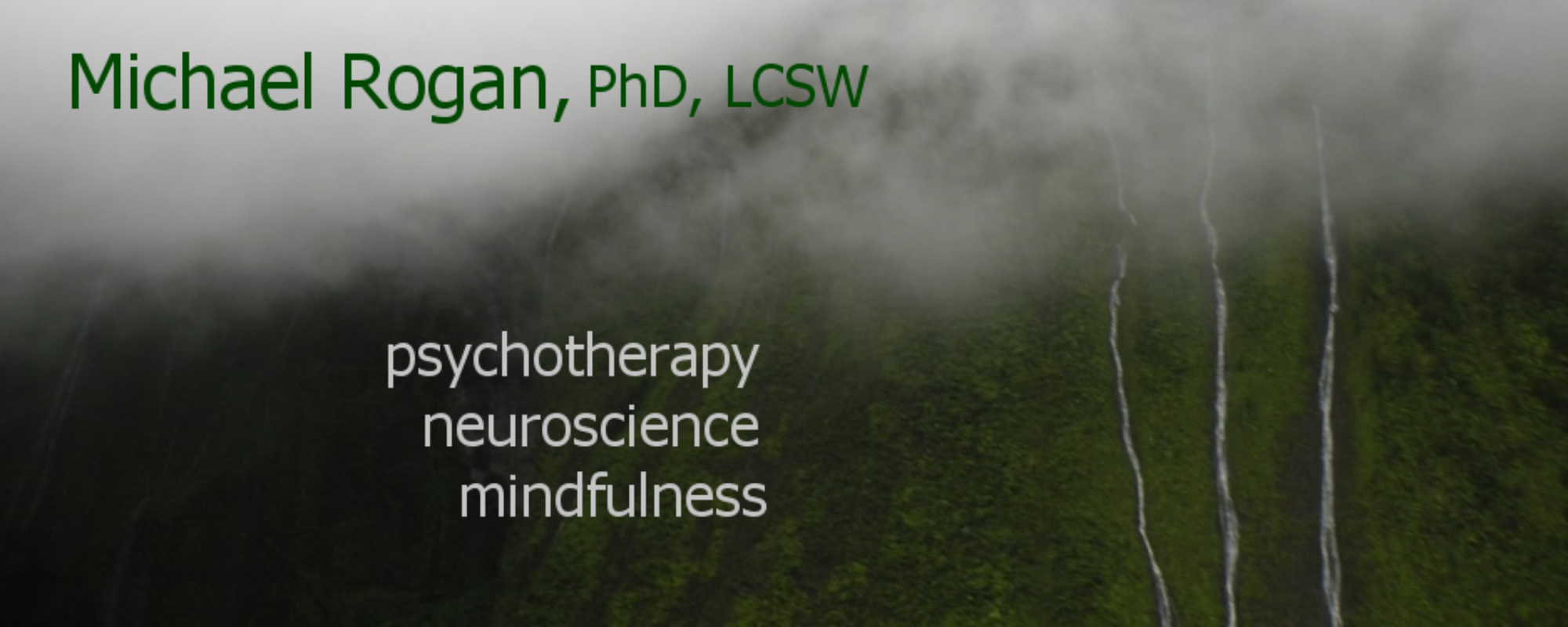 Though we may like to think of childhood as a carefree time, all children experience worries and anxieties about the circumstances they live in, and about thoughts of the future. Pressures from school, from peers, from within the family, and also awareness of trouble in the larger world, can all add up to a chronic anxious experience for a child. Like adults, children can be overwhelmed by these anxieties, and not know how to deal with them. An important part of a child’s development is getting help to learn how to deal, inside themselves, with challenges such as these, without unnecessary anxiety and stress.
Though we may like to think of childhood as a carefree time, all children experience worries and anxieties about the circumstances they live in, and about thoughts of the future. Pressures from school, from peers, from within the family, and also awareness of trouble in the larger world, can all add up to a chronic anxious experience for a child. Like adults, children can be overwhelmed by these anxieties, and not know how to deal with them. An important part of a child’s development is getting help to learn how to deal, inside themselves, with challenges such as these, without unnecessary anxiety and stress.
Family Mindfulness is a way to empower adult family members to help children develop and support a mindfulness experience in the home, an experience that the child can then bring with them into the world.
Mindfulness is a natural experience that we all have had at some point – moments of direct experience of life that have a simple satisfying quality, uncomplicated by preoccupations with the past and the future, and free from burdensome attitudes about one’s self and others. We may find that the accumulation of stress can make this simple experience of mindfulness quite elusive and infrequent.
Mindfulness practice is a set of simple techniques we can use to cultivate our natural mindfulness, so we can be more free from worries and fears, and more present in a warm connected way. Mindfulness practice is very simple and is accessible to people of all ages. For children, I have found it is best for them to have the support of knowledgeable and experienced adults in the home, who also participate in this practice and understand the benefits and the methods. It may also be true that the child may not be the only anxious member of the family- bringing adults along into this cultivation of mindfulness is an important way to benefit the whole family. Mindfulness practice leads to greater freedom from anxious responses, and an ability to address life issues with a lighter heart, greater clarity of mind and warm connectedness.
Family Mindfulness proceeds as follows:
- I meet with adult family members and work with them to understand and develop their own mindfulness practice. By developing their own mindfulness practice, adults learn how to help their children to do the same. My way of supporting this practice with the adults models how adults will do the same with the children.
- I have a session with the parents or caregivers and the children present, to introduce children to mindfulness practice. Additional sessions with the whole family may be used for fine-tuning. In-home sessions can be arranged.
- Adult family members keep track of what happens in-between sessions, with the help of a provided review sheet.
- I meet with adult family members periodically to fine-tune the process, and help them with issues that may arise.


